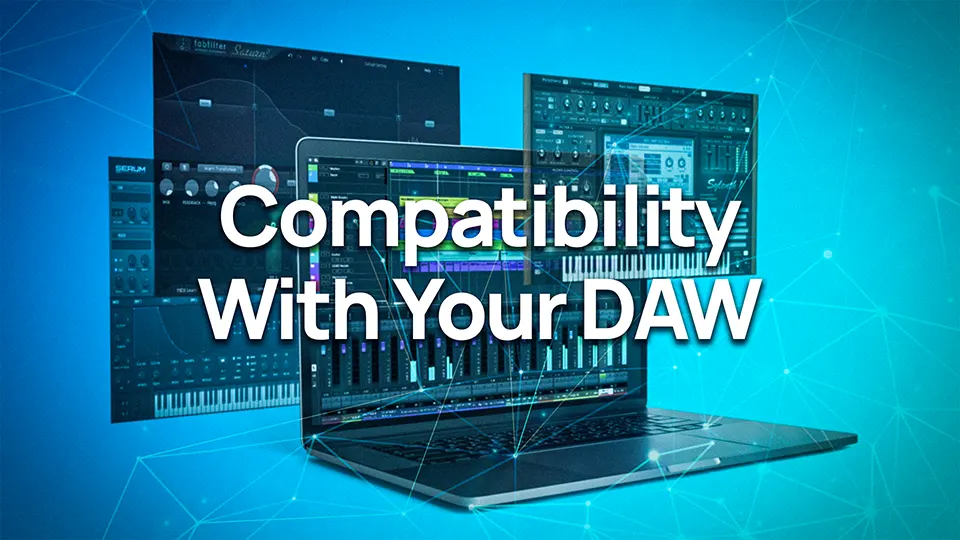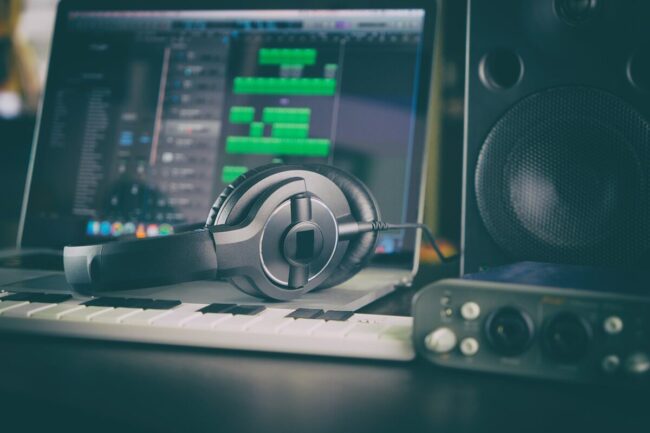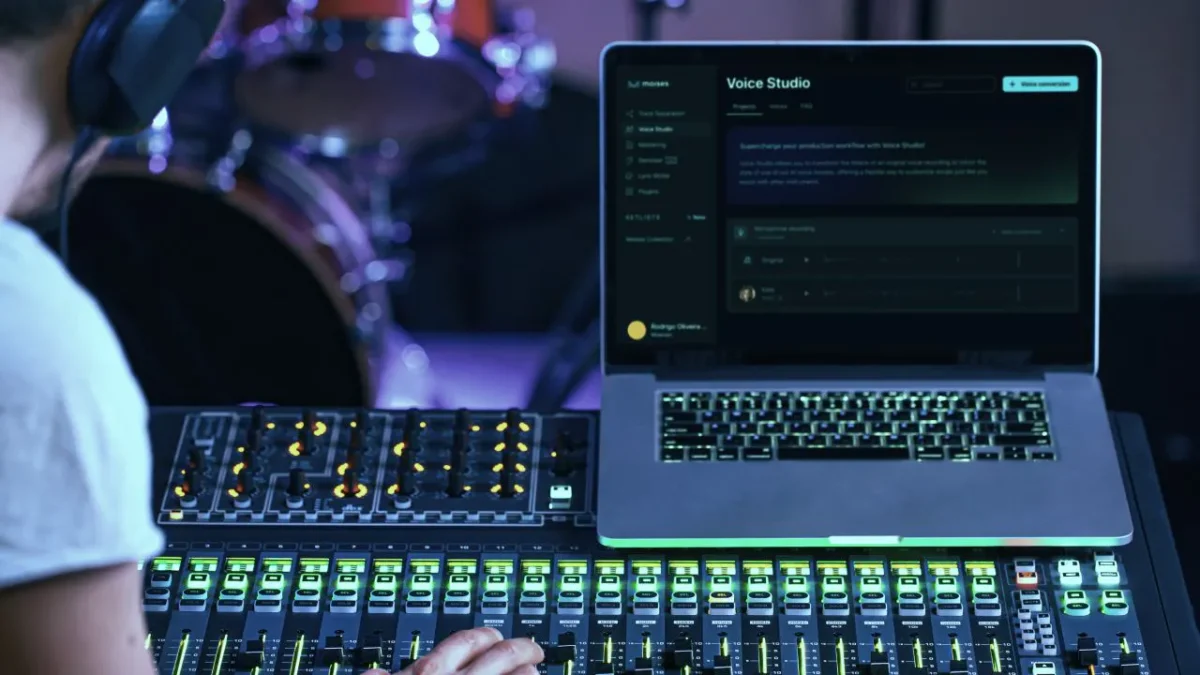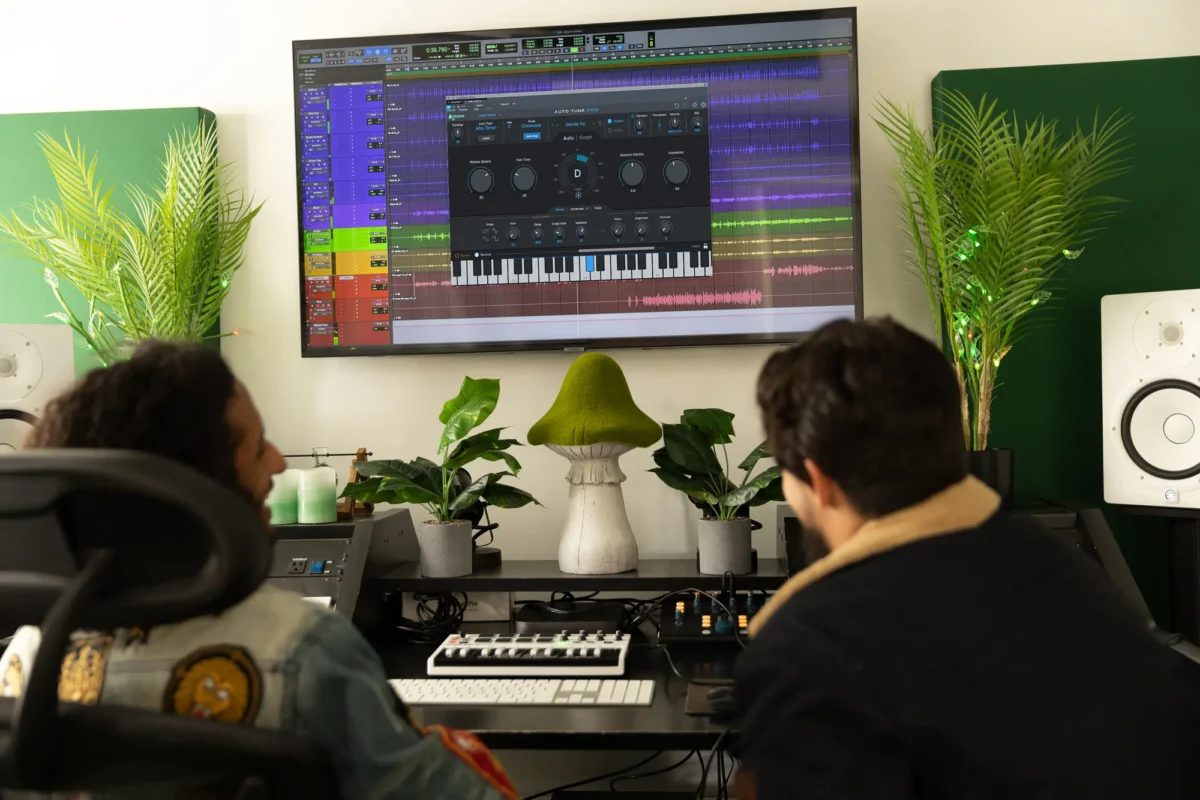Are you a music producer or artist who can’t seem to figure out which DAW to use? Have you been browsing Reddit threads and felt even more conflicted because of all the conflicting opinions? This is a common situation that many producers find themselves in during their early years.
There’s always that confusion about how to pick out the best production hardware and software. A digital audio workstation, or a ‘DAW’ is the foundation piece for any producer. Finding the right one is key to being able to create the kind of tracks you want with ease and comfort.
In this article, we will look at three key points to consider as you peruse the different offerings. Let’s dive in.
1. Compatibility Benefits

The good thing about picking something popular like Ableton is that it has a lot of support. You rarely need to worry about compatibility since the creators of templates and plugins know that the DAW has a massive user base.
Say you are trying to create a new club track and are looking for samples. Well, you would be surprised to see the number of Ableton Live performance template packs for even the most niche genres.
Rapid Flow states that with such templates, it’s possible to have your club track ready in an hour. This is the benefit of opting for the premier DAWs. Sure, you can still find templates and plugins for other options, but the experience isn’t going to be as seamless and smooth as it should be.
Similarly, compatibility also pertains to how the DAW handles audio interfaces and other hardware accessories. A quick search online will show you that audio interface connectivity problems can be a big headache, and the last thing you want to do is waste time troubleshooting.
2. A Combination of Functionality + Simplicity

Professional DAWs are not particularly known for being easy to use. Virtually all of them have hundreds of settings, buttons, and toggles that you will need to use at some point or another. There’s only so much that you can hide behind drop-down menus before you run into a UI nightmare.
Still, some DAWs manage to find the right combination of functionality and simplicity. This is why FLStudio became a popular DAW for new producers before they switched to a more industry-standard option like Ableton Live.
Your selection of a DAW will also depend on how serious you are about producing music. If you are doing this just for fun, making a couple of basic tracks with a simple drum loop and bass, you may not need a lot of the complex features.
Depending on your needs, even online DAWs like BandLab might work. However, if you do happen to be serious about music production and really want to flex your skills, you will have to compromise.
The good news is that once you get past the initial confusion and ‘what are all these buttons’ fatigue, it gets easier.
3. Price and Affordability

At the end of the day, we need to remember that not all of us have made it big yet. The standard version of Ableton Live will cost you a whopping $439, which can be a big investment for new producers. You also have to remember that $439 is only for the standard version.
If you want to enjoy the complete studio with 70+GB of sounds and all features, you would need to fork out $749 for the Ableton Live 11 Suite version. Sure, there are discounts from time to time, but even then, it’s not exactly affordable.
This is why you see so much diversity when it comes to the kinds of DAWs that producers use. For some, free options like DaVinci Resolve or Audacity are the only option. That’s perfectly fine.
As a new producer with a limited budget, you will need to be a little flexible and willing to try out different DAWs. You might not start out with the best of the best, but you can always upgrade in the future. In the meantime, focus on upgrading your music production skills.
4. Long Term Support

As with many software packages, DAWs don’t remain static. The makers of each brand periodically release new updates that introduce new features and optimizations. If you are going to be using a DAW over the long term, it makes sense to find an option that has a good update track record.
There’s nothing worse than spending good money on a DAW only to find out that the developers have moved on to another project. This is partly the reason why people like sticking with the big players like Ableton Live. They are on their 11th version with Ableton Live 12 coming early this March.
For producers, knowing that the DAW they use is going to have long-term support means a lot. It tells them that if there’s a bug or issue, it’s probably going to be fixed soon in a patch or an update.
When you consider that producers often work on tight deadlines and work with important clients, tolerance for errors has to be low. You can’t blame your software when asked why a track is taking extra time to complete. That’s not a valid excuse as a professional.
Thus, if you feel like you should save a few bucks and choose the cheaper option, think again. There’s a reason that producers stick with a few DAWs even though there are several to choose from. Remember, the peace of mind you get by paying for premium service, pays for itself in the long run.
In conclusion, there are tons of DAWs that you can pick from. Some of them are free; others are paid. Some are affordable, and others, not so much. Remember, you may not find the right DAW immediately. You may need to spend time with some of them before you settle on one that clicks for you.
Thankfully, even the more expensive paid options offer free trials, which can be perfect to get an idea of what’s out there.
